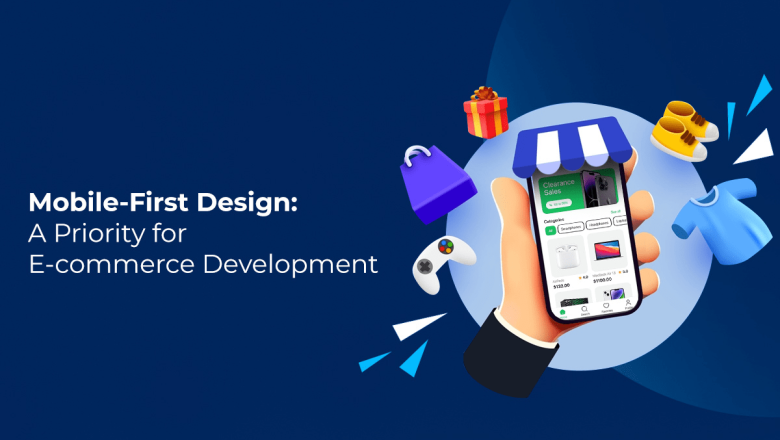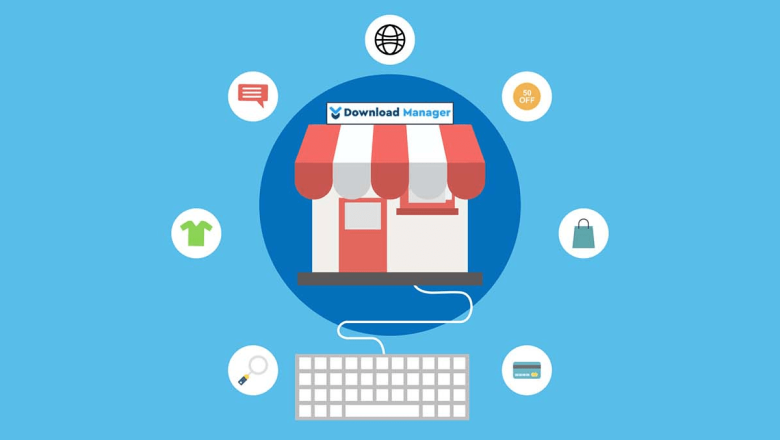
Omnichannel Retail Strategies in 2025
Introduction
As the retail landscape continues to evolve, omnichannel strategies have become the foundation for success in 2025. Consumers today expect seamless experiences across online and offline platforms, and businesses must integrate technology, data, and personalization to meet those expectations.
Omnichannel retail focuses on creating a unified customer journey that connects every touchpoint, from e-commerce sites and mobile apps to physical stores and social media platforms.
The Evolution of Omnichannel Retail
In 2025, retailers are moving beyond simple multi-platform presence to full ecosystem integration. With the rise of AI, IoT, and data analytics, businesses can now track customer behavior in real time and deliver consistent experiences across all...









